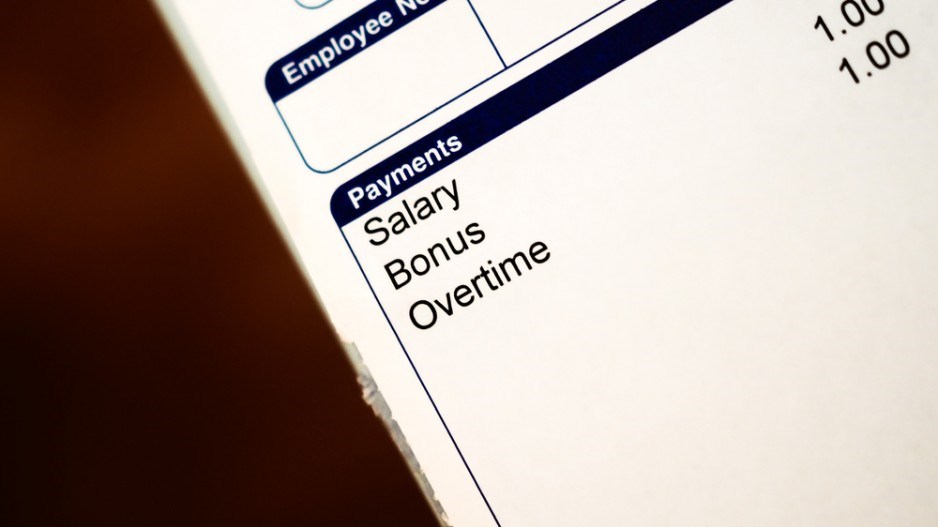If you were expecting a larger raise in 2017, it’s best not to get your hopes up, as research from Aon Hewitt shows that salary growth is expected to stay flat for Canadians.
According to the report, salaries are expected to grow at the same rate as last year, as Canadian employers are not expecting to make higher increases to compensation budgets for 2017.
“The Canadian companies surveyed are clearly reluctant to earmark higher compensation increases as they prepare for highly competitive landscape in 2017,” said Suzanne Thomson, senior consultant of global data solutions for Aon Hewitt in a press release.
Aon Hewitt surveyed over 300 companies and projects that base pay will increase by 2.8% in 2017, similar to the increase of 2.6% experienced in 2016. For the average full-time employee, that would mean an increase of roughly $1,500 for the year.
However, it isn’t all bad news for Canadians.
“On the plus side, fewer of [the companies surveyed] expect to freeze pay or cut salaries,” said Thomson. “They are planning to keep already strong budgets for variable pay intact.”
According to Aon Hewitt, there will be fewer salary freezes in 2017 as compared with previous years. In 2016, almost 1 in 20 employers (4.5%) froze salaries; that number is expected to drop to just 0.4% in 2017.
The widespread salary freezes in 2016 were in part due to challenges in the oil and gas sector. According to Thompson, employers in this industry are likely confidant that the worst is behind them, meaning that cost-saving measures like salary freezes will not be needed.
While the report predicts many Canadians will only see modest salary increases, that is not true for everyone. According to the report, there has been a continuing trend of businesses allocating higher increases to top employees. Nine out of 10 companies surveyed reported providing a variable pay plan and bonus payouts in 2016. While all employees received an increase of 2.5%, employees classified as “high potentials, top performers and those in key positions” received an average increase of almost double at 4.4%. This trend will continue into 2017, with key employees’ salaries increasing 4.6%, roughly at the same rate as all employees. Two-thirds of organizations reported offering some form of long-term incentive plan, mostly to high-level employees.
Companies’ spending on variable pay is expected to remain unchanged from 2016, at 15.4%. Thompson says that variable pay is a key factor in companies’ ability to attract and retain high performers.
“While the overall job market may be strengthening slowly, competition for high-performing employees remains high,” said Thompson. “In order to win the competition for top talent, organizations are continuing to differentiate compensation through variable pay programs.”




